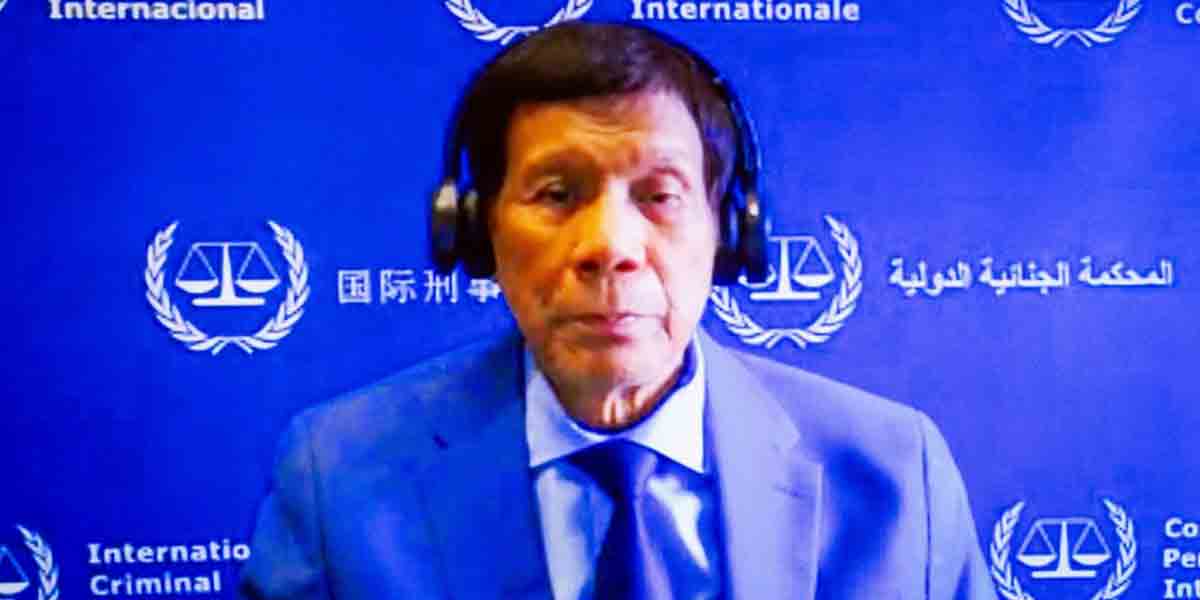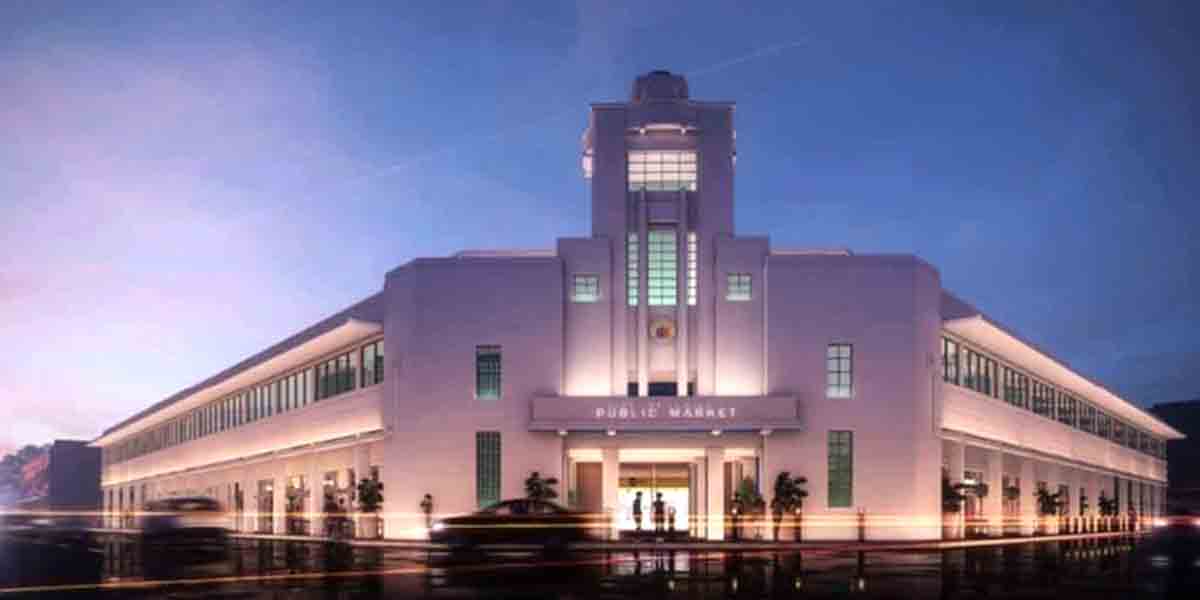Finance Secretary Benjamin Diokno has disclosed details of the government’s first-ever Medium-Term Fiscal Framework (MTFF) that is aimed at reducing the deficit, promoting fiscal sustainability, and enabling robust economic growth.
Speaking before the Malacanang Press Corps on Wednesday, Secretary Diokno said the economic team has submitted the MTFF to President Ferdinand “Bongbong” Marcos, Jr. This fiscal strategy will be implemented in two stages over the entire term of the administration.
“This framework will set the tone or will be our game plan for the next six years. This is the first time that this government or any government of the Philippines has presented such a game plan,” said Secretary Diokno, who heads the Marcos, Jr. administration’s economic team.
Secretary Diokno said the MTFF contains near-term and medium-term strategic plans for socioeconomic development, which will be presented in detail to the public by President Marcos, Jr. in his first State-of-the- Nation Address (SONA).
Among the targets set under the framework is for the economy to expand by 6.5 to 7.5 percent in 2022. Economists project this goal to be the highest growth rate among the ASEAN+3 countries, which include Japan, South Korea, and China.
Secretary Diokno said economic growth is targeted at 6.5 to 8 percent from 2023 to 2028.
The MTFF demonstrates the government’s holistic approach in accelerating economic growth and promoting the welfare of Filipinos.
Poverty and debt reduction
The MTFF will also serve as the government’s guidebook in reducing poverty incidence and lowering the country’s debt-to-GDP ratio.
“We are not only concerned with growth per se, but we are also concerned with reducing poverty. So, our target is that by the end of President Marcos’ term, poverty incidence will be down to a single digit – nine percent,” said Secretary Diokno.
The MTFF’s overall goal is to create more quality jobs and reduce poverty incidence by steering the economy back to its high-growth path in the near term and sustain the high — but inclusive and resilient — growth, over the medium term.
Secretary Diokno said that the Duterte administration was able to bring poverty incidence down from 23.5 percent in 2015 to 16.7 percent before the pandemic hit.
Between the first semester of 2018 and the first semester of 2021, poverty incidence rose to 23.7 percent. The new administration targets to bring the rate lower to nine percent of the population.
The Marcos, Jr. administration also aims to elevate the country to upper middle-income status, where per capita income for Filipinos is at US$4,046, by the end of the President’s term, Secretary Diokno said.
Secretary Diokno is confident that government revenues will continue to pick up and the deficit will decrease in the near term.
“The desire is to reduce the deficit which ballooned during the pandemic to around nine percent deficit-to-GDP ratio, to around three percent,” the Secretary said.
Moreover, the government aims to cut the debt-to-GDP ratio from the current 63.5 percent as of the first quarter of 2022 to 60 percent by 2025.
Boosting agriculture, reviving mining, and increasing infra spending
Secretary Diokno said President Marcos, Jr. wants all industries to perform well.
In a separate interview over a public affairs program, the Secretary said that the President wants the agriculture sector to catch up to reduce the country’s reliance on imports.
The government will continue importation in the meantime until domestic production increases, Secretary Diokno said.
Secretary Diokno also sees the mining industry as a growth sector, especially with the current uptrend in metals prices.
The government also plans to continue spending for key infrastructure projects.
“On the Build, Build, Build Program, we are committed to spend some five to six percent of GDP for infrastructure annually between 2023 to 2028,” the Secretary said.





















